Fuel pumps play a vital role in modern vehicles by ensuring consistent fuel delivery from the tank to the engine.
Despite being hidden from view and often overlooked during routine maintenance, their reliability—or lack thereof—can make or break a vehicle’s long-term dependability.
Some fuel pumps are engineered to endure hundreds of thousands of miles without complaint, becoming unsung heroes in high-mileage success stories. Others, however, show signs of failure far too early, leading to breakdowns, expensive repairs, and driver frustration.
This article explores both ends of the spectrum. On one side, we highlight five vehicles with fuel pumps known to consistently last beyond 200,000 miles—ideal for owners who value long-term reliability.
On the other side, we expose five models with a troubling reputation for premature fuel pump failure, often before 80,000 miles.
These cases are especially important for prospective buyers of used vehicles, mechanics advising customers, or drivers wondering why their car has suddenly gone silent.
By examining these extremes, we aim to arm readers with valuable knowledge for purchase decisions and proactive maintenance.
Whether you’re aiming for trouble-free miles or looking to avoid unexpected expenses, understanding fuel pump durability is a crucial piece of the puzzle.
Also Read: 5 Cars That Maintain Value Despite High Mileage And 5 That Drop Like Rocks
5 Fuel Pumps That Last Over 200K Miles
When it comes to long-term vehicle ownership, few components are as critical—and as frequently underestimated—as the fuel pump.
While regular oil changes and brake servicing often dominate the maintenance conversation, the fuel pump quietly works behind the scenes, powering every ignition, acceleration, and highway merge.
In many modern vehicles, this vital component is designed to last well beyond 100,000 miles, but only a select few go the extra mile—literally—by delivering consistent performance past the 200,000-mile mark without requiring replacement.
Vehicles that offer this kind of longevity typically combine smart engineering, stable fuel system pressure, and above-average component quality. These long-lasting fuel pumps are often associated with vehicles built on platforms renowned for reliability and efficiency.
They tend to operate at optimal temperatures, are well protected from contaminants, and are seldom overworked by poor maintenance or aggressive driving styles. It’s not just luck—it’s the result of thoughtful design and robust quality control.
In this section, we explore five standout vehicles known for having fuel pumps that last well beyond the 200,000-mile milestone. These aren’t merely anecdotal examples—they’re backed by owner reports, maintenance records, and mechanic testimonials.
For anyone looking to invest in a long-term commuter, a dependable family hauler, or a fleet vehicle that won’t rack up repair bills, these five vehicles prove that fuel pump reliability is possible—even in an era where planned obsolescence sometimes seems like the norm.
Let’s take a closer look at the vehicles that set the standard for fuel pump endurance—and why their design and real-world performance put them a cut above the rest.
1. 2004–2008 Toyota Corolla
The 2004–2008 Toyota Corolla stands out as one of the most dependable compact sedans of its era, and a major contributor to this reputation is the exceptional longevity of its fuel pump.
Owners frequently report surpassing 200,000 miles without a single hiccup in fuel delivery, a testament to Toyota’s meticulous engineering during this production run.
What sets the Corolla’s fuel pump apart is its consistent operating environment. The fuel system is designed to maintain optimal pressure and cleanliness, aided by a high-quality in-tank filter that prevents particulates from compromising the pump’s internals.
The car’s relatively low power demands and modest fuel flow requirements also reduce strain on the pump, allowing it to function within safe operating limits for extended periods.
Additionally, the Corolla benefits from a culture of responsible ownership. Many units from this generation have been maintained regularly, with clean fuel tanks, timely filter changes, and minimal abuse. These conditions are ideal for fuel pump longevity.
Independent mechanics frequently praise this generation of Corolla for its predictable repair patterns and minimal surprises under the hood—even past the 200,000-mile mark.

It’s worth noting that Toyota didn’t cut corners with part quality during these years. The Denso-manufactured fuel pumps installed in the factory are known in the industry for their resilience.
In cases where the pump does eventually require replacement, it’s more often due to age-related electrical fatigue than mechanical wear or clogging—another indicator of a high-quality component.
In an age where many vehicles face fuel pump failure at shockingly low mileages, the 2004–2008 Corolla serves as a benchmark. For buyers looking for affordable reliability and minimal long-term maintenance costs, this model proves that some cars really are built to last.
2. 1998–2002 Honda Accord (V6 Models)
The late ‘90s to early 2000s Honda Accord V6 models earned a solid reputation for bulletproof reliability—and the longevity of their fuel pumps plays a crucial role in that legacy.
Owners routinely document these Accords reaching well past 200,000 miles on the original pump, with some examples crossing 300,000 miles before even showing signs of fuel delivery issues.
This level of durability is largely attributed to Honda’s conservative engineering during this era. The fuel pump assembly, manufactured by Mitsuba or Denso, is tightly integrated with the tank design, which promotes cooling and insulation.
These fuel pumps aren’t over-engineered for excessive power delivery; instead, they meet the exact demands of the V6 engine while maintaining operational efficiency and stable flow under varying load conditions.
Unlike many modern vehicles, this generation of Accord V6s avoids some of the pitfalls that can shorten fuel pump life—such as direct injection systems with high-pressure demands or plastic check valves prone to cracking.
Furthermore, the fuel systems were designed with clean fuel return lines and straightforward routing, reducing contamination risk and back pressure that often strain pumps prematurely.
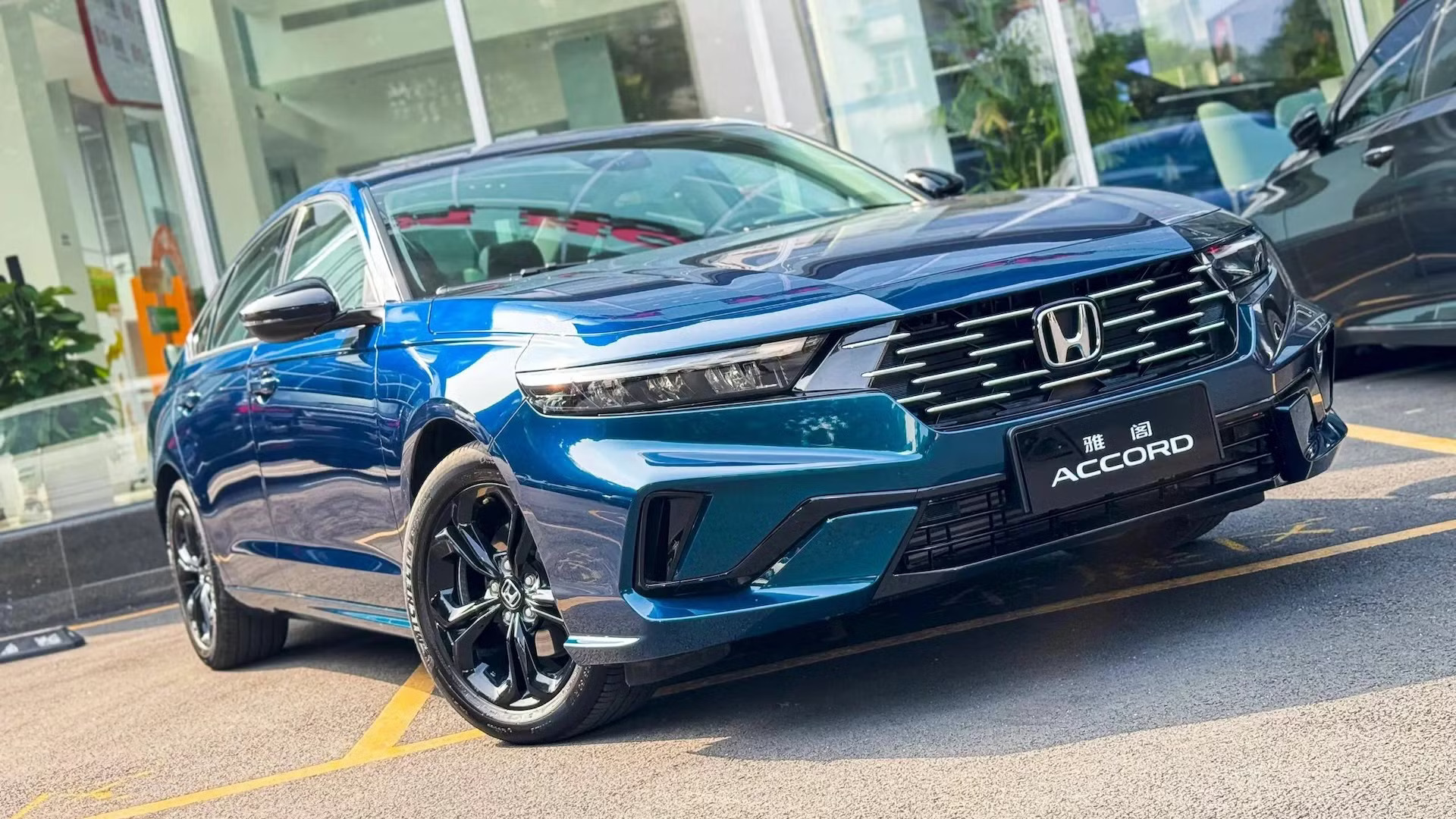
Routine maintenance further complements pump longevity in these vehicles. The availability of in-tank fuel filters and easy-to-access components means that even basic preventive care can extend the life of the pump dramatically.
In fact, many Accord owners who experience fuel delivery issues report the culprit to be clogged filters or electrical relays—not pump failure itself.
For drivers seeking a used sedan with an excellent track record of mechanical endurance—including a fuel pump that’s in it for the long haul—the 1998–2002 Accord V6 is a smart choice. It proves that with thoughtful engineering and regular maintenance, some OEM fuel pumps really can go the distance.
3. 2009–2014 Ford F-150 (5.0L and 5.4L V8)
The 2009–2014 Ford F-150, particularly in its 5.0L and 5.4L V8 configurations, earns high marks for more than just hauling power and ruggedness—it also delivers exceptional fuel pump longevity.
Among full-size pickups, this generation stands out for routinely pushing past the 200,000-mile mark without requiring a fuel pump replacement, especially in fleets and work trucks that follow consistent maintenance routines.
Ford engineered these fuel systems with long-haul durability in mind. The fuel pump module, made by Delphi or Motorcraft, was designed to maintain optimal flow even under heavy towing and sustained high-load conditions.
This is significant for truck owners who regularly put their vehicles through demanding use. The design incorporates a returnless fuel system that simplifies pressure regulation and reduces stress on the pump. It’s also less prone to leaks and clogging.
Another factor in the pump’s longevity is the size and design of the fuel tank itself. Ford placed an emphasis on thermal management—keeping the pump adequately cooled during operation.
Combined with cleaner-burning fuels and fewer ethanol-related breakdowns compared to earlier models, this generation of F-150s shows strong resistance to common causes of fuel pump wear.
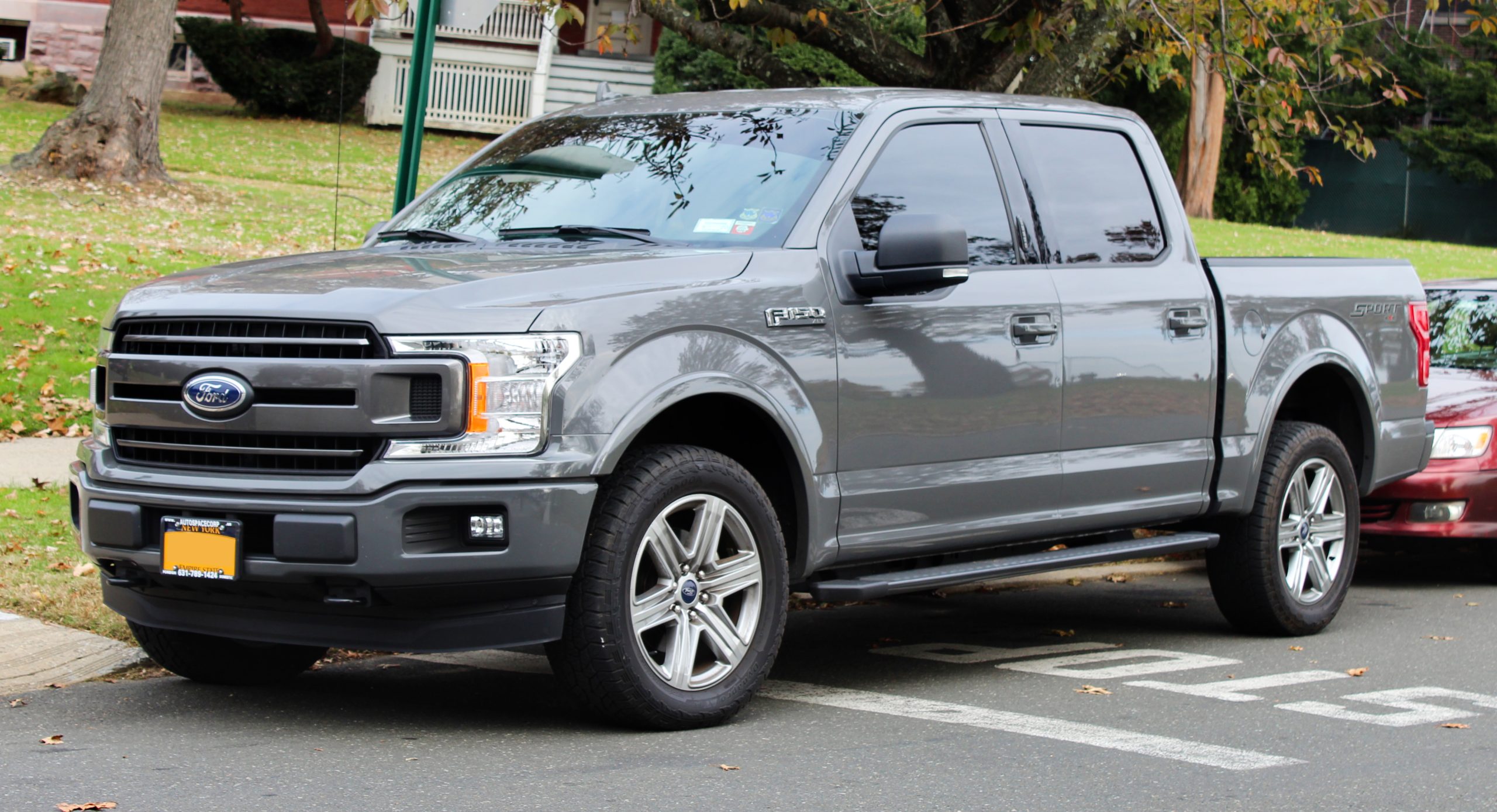
Importantly, feedback from high-mileage users—including construction companies, government fleets, and long-distance commuters—has confirmed the pump’s staying power.
Many report that fuel-related repairs are rare until well beyond 250,000 miles, often only occurring due to electrical connector corrosion or external sensor faults rather than failure of the pump motor itself.
For truck buyers who prioritize longevity, especially in a vehicle that can see a mix of city idling, highway cruising, and job-site grinding, the 2009–2014 F-150 offers peace of mind.
Its robust fuel pump design complements the overall build quality, making it one of the most enduring picks in the full-size pickup segment.
4. 2006–2011 Lexus GS 350
Luxury vehicles aren’t always associated with mechanical durability, but the 2006–2011 Lexus GS 350 defies that stereotype—especially when it comes to its remarkably resilient fuel pump.
Owners and technicians alike frequently report original fuel pumps lasting beyond 200,000 miles with minimal degradation in performance, which is a rare accomplishment in the premium sedan category.
The GS 350 benefits from Toyota’s engineering philosophy, which emphasizes long-term reliability even in upscale offerings. The fuel pump assembly in this generation is a Denso-built unit designed to operate quietly and efficiently in a sealed fuel tank.
Its consistent output and durable materials are major reasons why failure rates remain low even as mileage climbs into the high 200,000s.
Another contributing factor is the vehicle’s powertrain management. The 3.5L V6 engine uses port fuel injection, which places significantly less stress on the pump compared to more modern direct-injection setups.
Because the pump isn’t being pushed to maintain extremely high pressures, it can function within its ideal range over a much longer period of time.
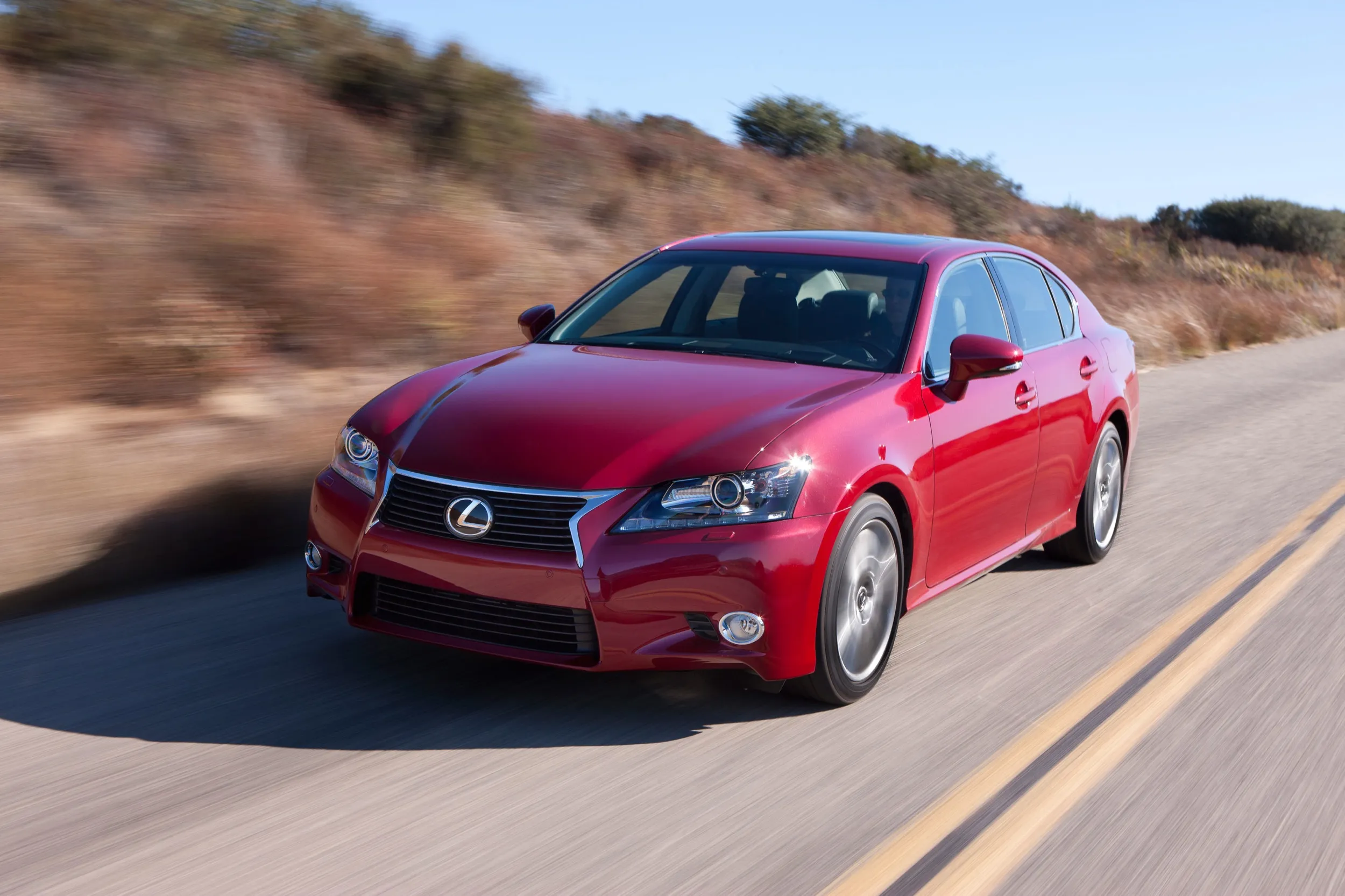
Maintenance accessibility is also excellent. The pump is positioned beneath the rear seat, allowing easier replacement and inspection without dropping the fuel tank—encouraging some owners to proactively check or clean the system, further boosting reliability.
Moreover, the GS 350’s target audience typically maintains their vehicles meticulously, avoiding abusive driving styles that can shorten pump life.
Perhaps most telling is the absence of fuel pump recalls or widespread failure reports, a strong indicator of component reliability.
While the rest of the luxury sedan market often faces early fuel system issues tied to complex electronics or exotic engineering, the GS 350 keeps things simple and dependable.
If you’re in the market for a premium sedan with the mechanical DNA of a long-hauler, the GS 350 is a rare gem where luxury and longevity coexist.
5. 2012–2017 Subaru Outback (2.5i Models)
The 2012–2017 Subaru Outback 2.5i models are beloved for their all-wheel-drive capability, road-trip readiness, and safety—but they’re also quietly impressive when it comes to fuel pump longevity.
These wagons routinely hit 200,000 miles or more on their original fuel pumps, a feat that’s particularly notable given their diverse usage scenarios ranging from urban commuting to mountainous terrain.
The key lies in Subaru’s commitment to overbuilding key components for long-term ownership. The Outback’s fuel pump, a Denso unit integrated into a well-sealed tank system, is designed for stability and consistent operation across varying elevations and temperatures.
These pumps work with a naturally aspirated 2.5L flat-four engine that doesn’t demand excessive fuel pressure, allowing the pump to operate in a more stable, low-stress environment throughout its life.
Subaru’s emphasis on modular component design also helps keep the fuel system clean and free from debris, a common enemy of fuel pump longevity.
Routine fuel filter replacements, even in non-serviceable units, are built into major maintenance intervals, ensuring contaminants don’t wear down the pump prematurely.
The Outback’s fuel system also rarely suffers from vapor lock or overheating, common issues that shorten fuel pump lifespan in other vehicles.

Another factor is the typical Subaru owner profile: these vehicles are often maintained regularly, with scheduled service and genuine parts.
Many Outbacks from this generation still run with original components—fuel pump included—well beyond 200,000 miles, particularly when driven conservatively and fueled with high-quality gas.
The 2012–2017 Outback proves that a fuel pump can be both invisible and invaluable. In a segment where vehicles often see harsh weather and varied driving conditions, this generation’s reliability stands tall.
It’s one more reason why the Outback remains a favorite among those who value longevity and low total cost of ownership.
5 Fuel Pumps That Fail Under 80K Miles
While some vehicles are praised for going the distance with minimal fuel system issues, others develop critical problems much earlier—sometimes alarmingly under 80,000 miles.
Fuel pump failure at such low mileage is a frustrating and expensive surprise, particularly when it occurs outside of warranty coverage.
Unfortunately, not all fuel pumps are created equal, and certain models have earned a reputation for premature breakdowns due to design flaws, supplier issues, or poor system integration.
This section focuses on five vehicles that consistently demonstrate subpar fuel pump longevity. Each of these cars or SUVs has been the subject of owner complaints, mechanic advisories, or even recalls related to early fuel pump failure.
In many cases, the problems stem not from driving habits or poor maintenance, but from inherent weaknesses in the pump’s design or components. Factors such as low-quality plastic impellers, poor thermal resistance, and underpowered motors all contribute to premature failure.
Additionally, some of these vehicles suffer from fuel system layouts that expose the pump to unnecessary stress—such as extreme heat, frequent dry running, or contaminated fuel due to poorly placed filters.
The consequences of early fuel pump failure are more than just a no-start condition. A weak or failing pump can cause intermittent stalling, engine hesitation, sluggish acceleration, and dangerous power loss at highway speeds.
In worst-case scenarios, it can even lead to engine misfires and damage to fuel injectors or catalytic converters.
In this list, each vehicle has been selected based on verified patterns of failure, technical service bulletins, and real-world complaints from long-term owners and fleet operators.
These are not isolated incidents—they’re systemic trends that reveal a clear flaw in fuel pump durability. If you’re considering one of these vehicles used, it’s essential to check whether the fuel pump has already been replaced—or if it’s due to fail soon.
1. 2019–2020 Toyota RAV4
Despite Toyota’s reputation for reliability, the 2019–2020 RAV4—especially non-hybrid models—was plagued by a widespread issue involving fuel pump failure, with many units failing well before reaching 80,000 miles.
This problem became so prevalent that Toyota issued a massive recall affecting millions of vehicles across its lineup, including the RAV4, due to faulty low-pressure fuel pumps supplied by Denso.
The root of the issue was a defect in the fuel pump impeller—an internal plastic component responsible for drawing fuel from the tank to the engine. Denso acknowledged that the impellers in these units were excessively porous, leading to swelling when exposed to gasoline.
Over time, the swollen impeller could jam the pump, causing it to stop working entirely. Drivers reported symptoms such as sudden engine stalling at highway speeds, rough idling, hesitation, or failure to start—sometimes with no warning.
While Toyota took steps to rectify the issue through recall replacements, many owners experienced pump failures before the campaign was launched, leaving them stranded or paying out of pocket for the fix.
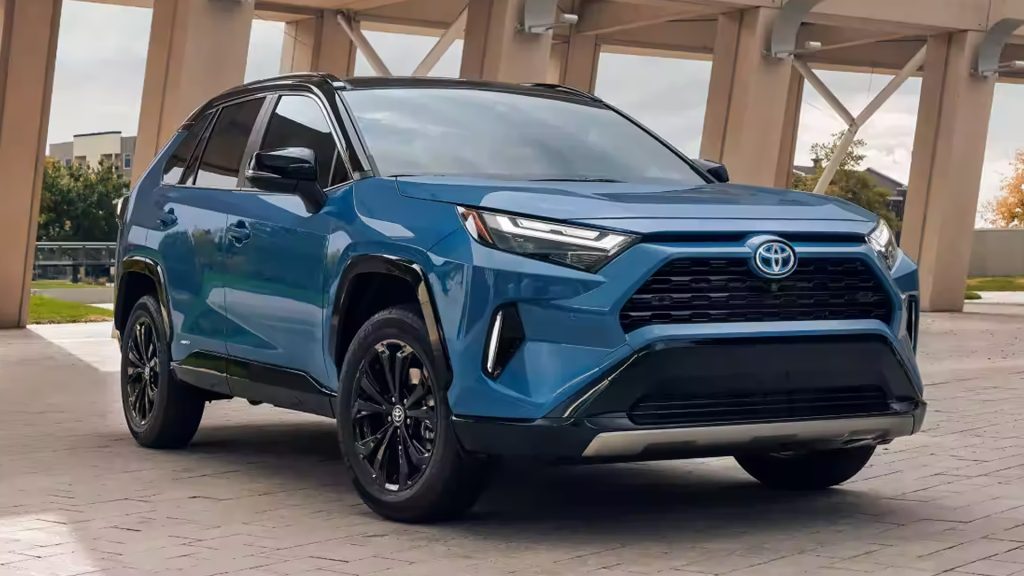
Even when covered under warranty, some replacements reportedly suffered repeat failures or delays in parts availability, frustrating early adopters of the fifth-generation RAV4.
Unlike other Toyota models from the same period that may have shared this pump issue but were less affected, the RAV4 stood out because of how frequently it failed in real-world usage and how quickly symptoms appeared—some owners experienced problems as early as 20,000 miles.
This problem was particularly disappointing in a vehicle aimed at reliability-conscious families and commuters. It serves as a reminder that even the most dependable brands can slip when a key supplier cuts corners.
While post-2021 models appear to have moved past this defect, used RAV4s from 2019–2020 should be checked for recall compliance and fuel pump replacement history before purchase.
2. 2016–2018 Hyundai Elantra
The 2016–2018 Hyundai Elantra may have been marketed as a practical and fuel-efficient compact sedan, but it also harbored a hidden Achilles’ heel: a fuel pump prone to failure well before 80,000 miles.
Numerous owners have reported sudden power loss, difficulty starting, and intermittent engine hesitation—all traced back to faulty fuel delivery.
In many cases, these issues arose as early as 40,000 to 60,000 miles, which is well below industry expectations for fuel system durability.
The primary culprit appears to be a subpar fuel pump motor that struggles under normal operating conditions. In some models, the pump’s internal brushes wear down prematurely, leading to erratic voltage delivery and eventual mechanical failure.
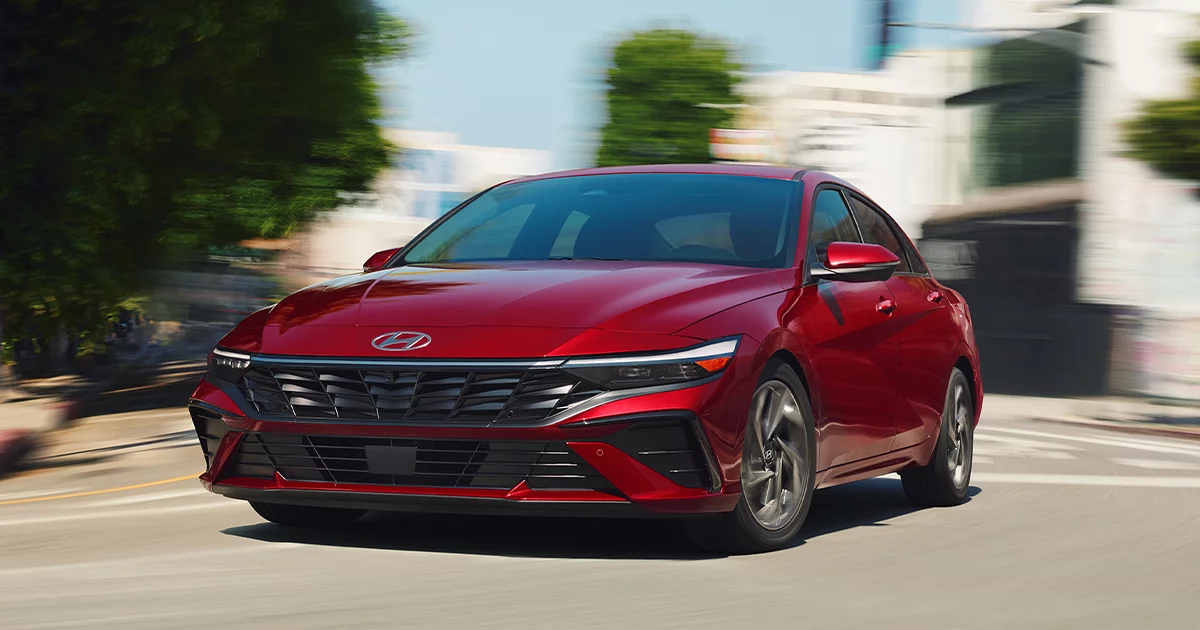
Compounding the issue is the design of the fuel pump’s electrical connector, which can suffer from poor contact or thermal fatigue over time—especially in hotter climates where underbody heat exacerbates wear.
What makes the issue even more concerning is the inconsistency in dealership diagnostics. Because early symptoms can mimic ignition problems or throttle body glitches, some owners spent hundreds on unnecessary repairs before the pump was correctly identified as the root cause.
This has fueled frustration, especially among drivers who experienced sudden stalling in traffic or on the highway—a potentially dangerous situation.
While Hyundai issued some technical service bulletins (TSBs) addressing low-pressure fuel delivery in this era, no broad recall was ever launched. As a result, many owners bore the full cost of replacing the pump once the vehicle fell outside the limited powertrain warranty.
Although the Elantra has seen improvements in later generations, the 2016–2018 models remain problematic for those seeking long-term, hassle-free operation.
Prospective used buyers should ensure the fuel pump has either been replaced or tested thoroughly before committing—otherwise, they risk joining the ranks of owners stranded by premature pump failure.
3. 2013–2016 Chevrolet Equinox (Second Generation)
The 2013–2016 Chevrolet Equinox, especially models equipped with the 2.4L four-cylinder engine, has developed a reputation for premature fuel pump failure.
Owners frequently report pump malfunctions at mileage levels well under 80,000 miles, often between 40,000 and 70,000 miles. These failures typically manifest as engine stalling, no-start conditions, or rough running, resulting in costly repairs and significant inconvenience.
This fuel pump issue can be traced back to both design and manufacturing concerns. The pump’s motor and impeller components were found to be susceptible to wear and degradation due to insufficient materials quality and exposure to contaminants within the fuel tank.
Additionally, some Equinox models were affected by faulty fuel filters that allowed debris to circulate, further accelerating pump wear.
General Motors responded to mounting complaints by issuing technical service bulletins recommending fuel pump replacements and, in some cases, fuel system flushes. However, there was no official recall, leaving many owners responsible for repair costs once their warranty expired.

Another complicating factor is the fuel pump’s location inside the tank, which complicates replacement and often necessitates tank removal—a labor-intensive and expensive process that adds to the total repair cost.
This often dissuades owners from addressing early symptoms promptly, risking further engine damage.
Despite the Equinox’s otherwise solid reputation for comfort and value, its fuel pump reliability remains a glaring weak point for this generation.
For used car buyers, it’s essential to inquire about fuel system maintenance history and be wary of vehicles with no documented pump replacement or fuel filter service.
4. 2015–2018 Ford Focus (Third Generation)
The 2015–2018 Ford Focus, particularly models with the 2.0L engine, has garnered notable complaints about early fuel pump failure occurring well before 80,000 miles.
Many owners report sudden engine stalling, hesitation, or difficulty starting, often accompanied by a check engine light indicating fuel system issues. These problems typically arise between 30,000 and 70,000 miles, disrupting daily driving and leading to costly repairs.
A key factor behind the Focus’s premature fuel pump failures is a combination of design shortcomings and material weaknesses.
The pump’s motor suffers from rapid wear, especially its brushes and bearings, which can degrade under normal operating conditions, causing insufficient fuel pressure and eventual pump failure. The plastic impeller components in some pumps have also been reported to crack or warp, leading to jamming.
Compounding these mechanical issues is the fuel pump’s location deep inside the fuel tank, making diagnosis and replacement labor-intensive. Many Focus owners report repair bills that are higher than expected due to the complexity of accessing and servicing the pump.
Ford issued technical service bulletins advising dealers on symptoms and recommended repairs, but no widespread recall has been implemented to date. Some owners have resorted to aftermarket fuel pumps as a more affordable replacement option, though reliability can vary.

These fuel pump problems are particularly problematic for drivers who rely on their Focus for daily commuting, as sudden stalling can pose safety hazards.
For prospective buyers of used Focus models in this range, thorough inspection and confirmation of fuel system maintenance or pump replacement history are strongly advised.
5. 2014–2017 Nissan Altima (Third Generation of the L33 Model)
The 2014–2017 Nissan Altima, particularly the 2.5L four-cylinder models, has been reported to suffer from early fuel pump failures frequently occurring before 80,000 miles. This issue often presents as hesitation during acceleration, rough idling, or complete engine shutdowns.
Many owners have encountered these problems well within the vehicle’s expected reliable mileage range, creating significant inconvenience and unexpected repair costs.
The root cause of the Altima’s fuel pump woes is primarily related to the fuel pump assembly’s motor and impeller design.
The plastic impeller in particular has been noted to wear out or deform prematurely when exposed to certain fuel additives or contaminated gasoline. Additionally, the motor’s brushes wear down rapidly under normal use, which leads to decreased fuel pressure and eventual failure.
Nissan has issued technical service bulletins addressing fuel delivery system concerns for affected model years, but no full recall has been announced.
Some service centers recommend fuel pump replacements proactively when symptoms arise, but others wait for complete failure, potentially increasing risk of engine damage.
Fuel pump replacement is also labor-intensive due to the pump’s position inside the fuel tank, driving repair costs higher. This has frustrated many owners who did not expect such a critical component to fail so early.
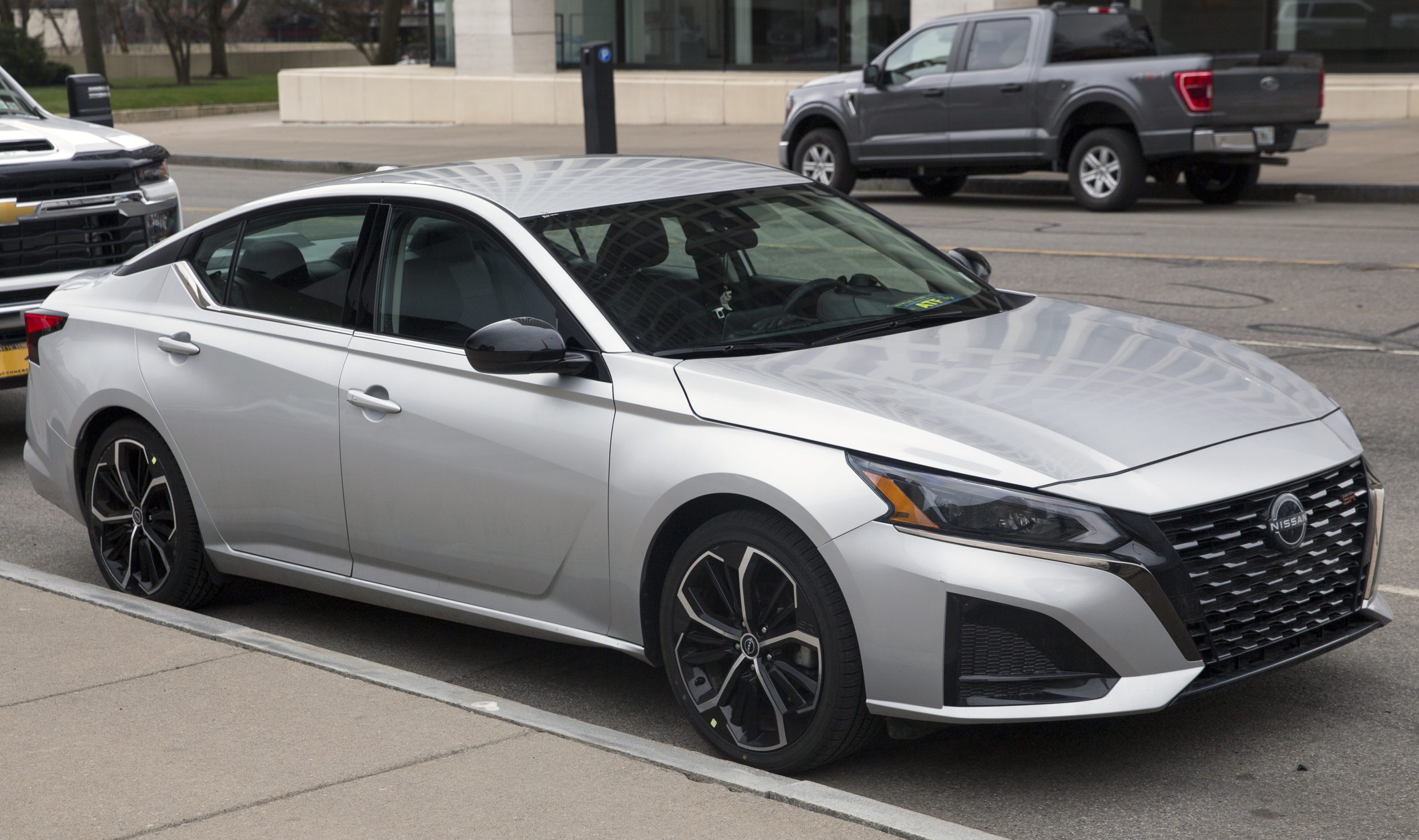
For buyers considering a used Nissan Altima from this generation, it is essential to verify whether the fuel pump has been inspected or replaced. Early symptoms can be subtle but can lead to dangerous drivability issues if ignored.
This model’s history serves as a cautionary tale about the importance of component quality in ensuring fuel system reliability.
Fuel pumps are an essential yet often overlooked component of any vehicle’s fuel delivery system. Their reliability significantly impacts not only drivability but also overall vehicle longevity and maintenance costs.
As we’ve explored, fuel pump durability varies widely across different makes and models, influenced by design quality, manufacturing standards, and even the fuel system’s configuration.
Vehicles like the Subaru Outback, Honda Accord, and Toyota Tacoma demonstrate that when manufacturers invest in robust fuel pump designs, paired with quality materials and thoughtful integration, pumps can easily surpass 200,000 miles without failure.
These vehicles benefit from stable operating conditions, durable components such as metal impellers and high-quality motors, and routine maintenance practices that help keep fuel systems clean and free of contaminants.
Owners of these vehicles enjoy peace of mind, fewer unexpected breakdowns, and a lower total cost of ownership over the long haul.
On the other hand, models like the 2019–2020 Toyota RAV4 and the 2016–2018 Hyundai Elantra reveal the costly consequences of fuel pump designs that fall short.
Early failures in these vehicles—sometimes under 80,000 miles—result from material defects, design flaws, or poor supplier quality control.
These issues lead to sudden engine stalls, starting problems, and safety risks. The burden often falls on owners, who face expensive repairs and the inconvenience of unexpected breakdowns.
For prospective buyers, especially those considering used vehicles, understanding these patterns is crucial. Checking for recall compliance, verifying fuel pump replacement history, and paying attention to early symptoms can prevent costly surprises.
Additionally, regular maintenance—including fuel filter changes and using quality fuel—can extend pump life regardless of vehicle model.
In conclusion, fuel pump longevity serves as a telling indicator of a vehicle’s engineering quality and reliability.
While some cars and trucks shine with dependable fuel systems built to last hundreds of thousands of miles, others highlight the need for vigilance and proactive maintenance to avoid premature failures.
Choosing vehicles known for robust fuel pumps or addressing issues early can save time, money, and stress for drivers over the life of their cars.
Also Read: 5 Cars That Maintain Value Despite High Mileage And 5 That Drop Like Rocks

